2025
Comparably’s Best Company Outlook
* Providing engineering services in these locations through SWCA Environmental Consulting & Engineering, Inc., an affiliate of SWCA.

From the experts we hire, to the clients we partner with, our greatest opportunity for success lies in our ability to bring the best team together for every project.
That’s why:
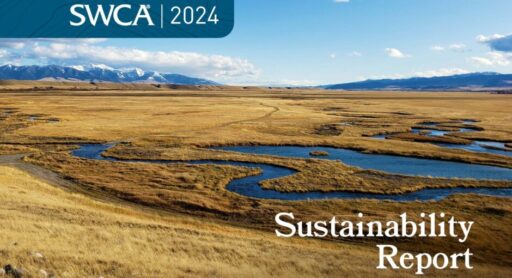
At SWCA, sustainability means balancing humanity’s social, economic, and environmental needs to provide a healthy planet for future generations.
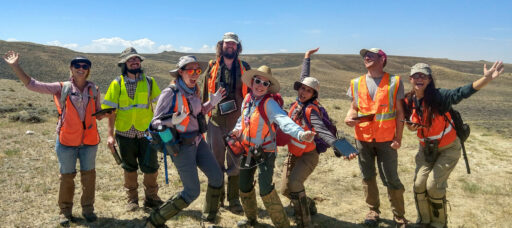
SWCA employs smart, talented, problem-solvers dedicated to our purpose of preserving natural and cultural resources for tomorrow while enabling projects that benefit people today.

At SWCA, you’re not just an employee. You’re an owner. Everyone you work with has a stake in your success, so your hard work pays off – for the clients, for the company, and for your retirement goals.
Examining Phase 2 Final Rule’s Impacts on National Environmental Policy Act Implementation
The White House Council on Environmental Quality (CEQ) recently issued its “Phase 2” final rule, which finalized revisions to its regulations for implementing the National Environmental Policy Act (NEPA).
Matt Petersen is the National Environmental Policy Act (NEPA) Technical Director for SWCA. Matt has 31 years of experience as a resource specialist and has managed or provided NEPA oversight for over 30 large-scale environmental impact statements (EISs), including projects in Arizona, Alaska, Colorado, Idaho, New Hampshire, Utah, Vermont, Texas, New Mexico, California, and Wyoming. This NEPA experience includes work with most major federal agencies and encompasses resource management plans (RMPs), ski areas expansions, fire management plans, stream restoration, mining, oil and gas, pipelines, transmission lines, wind farms, airports, and power plants. Matt has taught custom NEPA seminars for the Bureau of Land Management (BLM), U.S. Forest Service (USFS), U.S. Department of Transportation Maritime Administration, and the Federal Aviation Administration (FAA). Matt has developed and routinely teaches several open-enrollment NEPA courses to industry professionals, lawyers, and agency staffs. In addition, Matt is a regular instructor on NEPA impact analysis and third-party consulting for the BLM National Training Center (NTC). Matt recently developed the BLM National Training Center courses “NEPA Analysis for EAs” and “Kick-Start Your RMP,” both of which Matt has taken on the road to BLM field offices throughout the continental Unites States and Alaska. Technical expertise includes aquatic habitat impact assessment, mitigation, and restoration; hydrological modeling and analysis; and wetland delineation, mapping, and impact analysis. Matt is also experienced in the use and application of analytical models for quantitatively assessing natural resources impacts through the NEPA process.


The White House Council on Environmental Quality (CEQ) recently issued its “Phase 2” final rule, which finalized revisions to its regulations for implementing the National Environmental Policy Act (NEPA). Set to go into effect on July 1, 2024, the new regulatory provisions have potentially far-reaching consequences for projects requiring NEPA.
Not surprisingly, the final rule provides continuing direction on the NEPA changes enacted under the Fiscal Responsibility Act in June 2023, including page and time limits for environmental assessments (EA) and environmental impact statements (EIS). However, of more interest, is how CEQ’s Phase 2 rulemaking aims to expand the overarching role NEPA plays in protecting the environment.
I’ll examine the following three notable changes in the CEQ regulations resulting from the final rule:
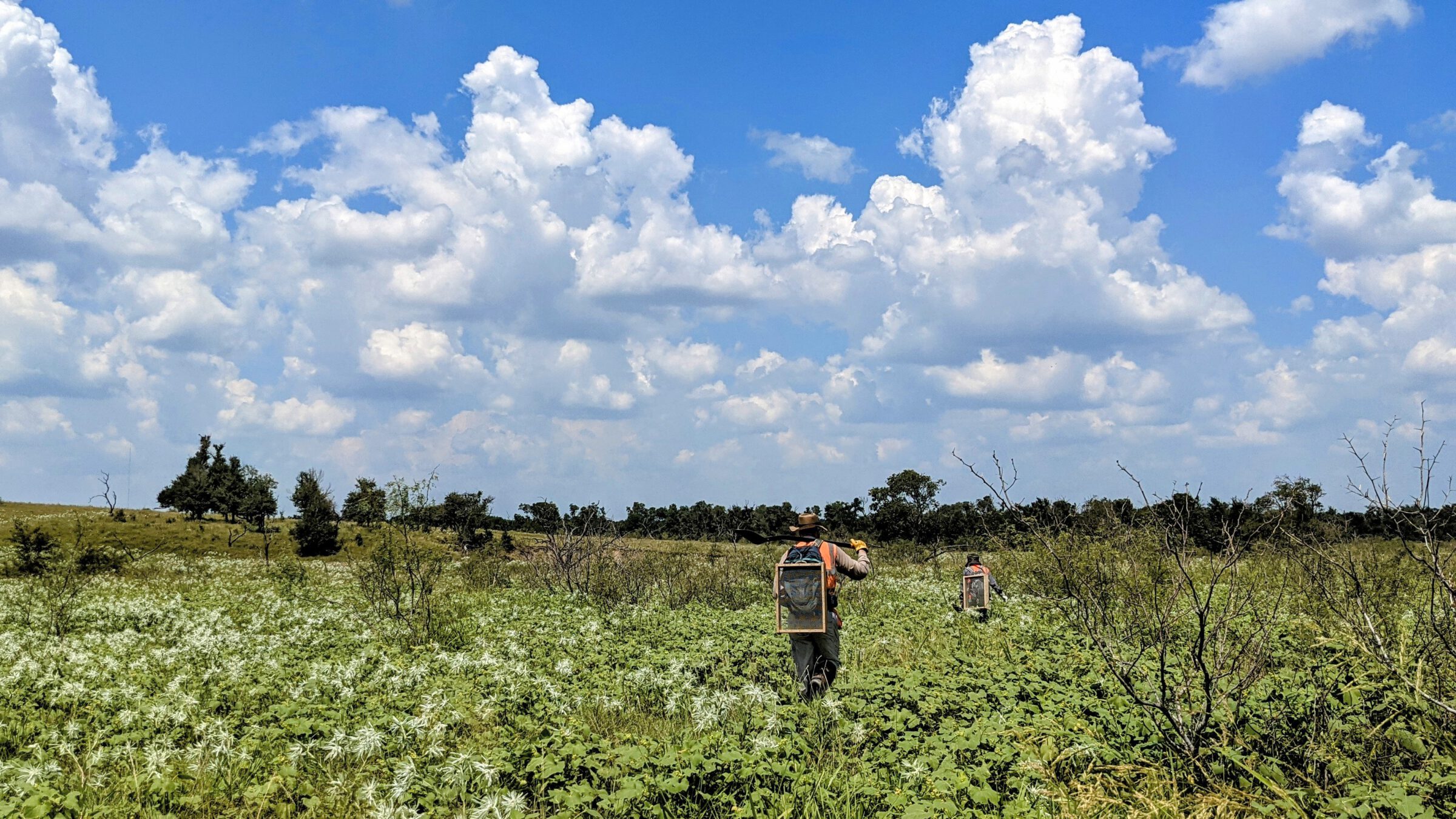
SWCA employees walking to their next shovel tests (wearing proper safety gear) during a survey in central Texas.
The change in philosophical approach to NEPA is clearly illustrated by comparing the first sentence of the purpose and policy statement from the existing CEQ regulations with the updated purpose statement from the Phase 2 rulemaking.
Under the new Phase 2 rule, Section 102 of NEPA continues to focus on the procedure and actions necessary to carry out the policy established in Section 101 of NEPA but uses new language that emphasizes its role as a planning tool to facilitate beneficial results rather than a process to follow. The revised verbiage supports NEPA’s goal to truly influence positive environmental outcomes, as you can see in the updated closing sentiment of the purpose statement below.
Note the word “enhance” — a term that indicates the need to demonstrate positive net gains where projects must improve the conditions of the resources that are being impacted. This and subsequent verbiage in the Phase 2 final rule preclude any possibility of interpreting NEPA as a purely procedural statute. With these changes, there is a clear direction that NEPA is not only for disclosure but is also a planning tool to improve environmental outcomes, minimize project impacts, address climate change, protect and restore resiliency, and minimize or mitigate impacts to communities with environmental justice concerns.
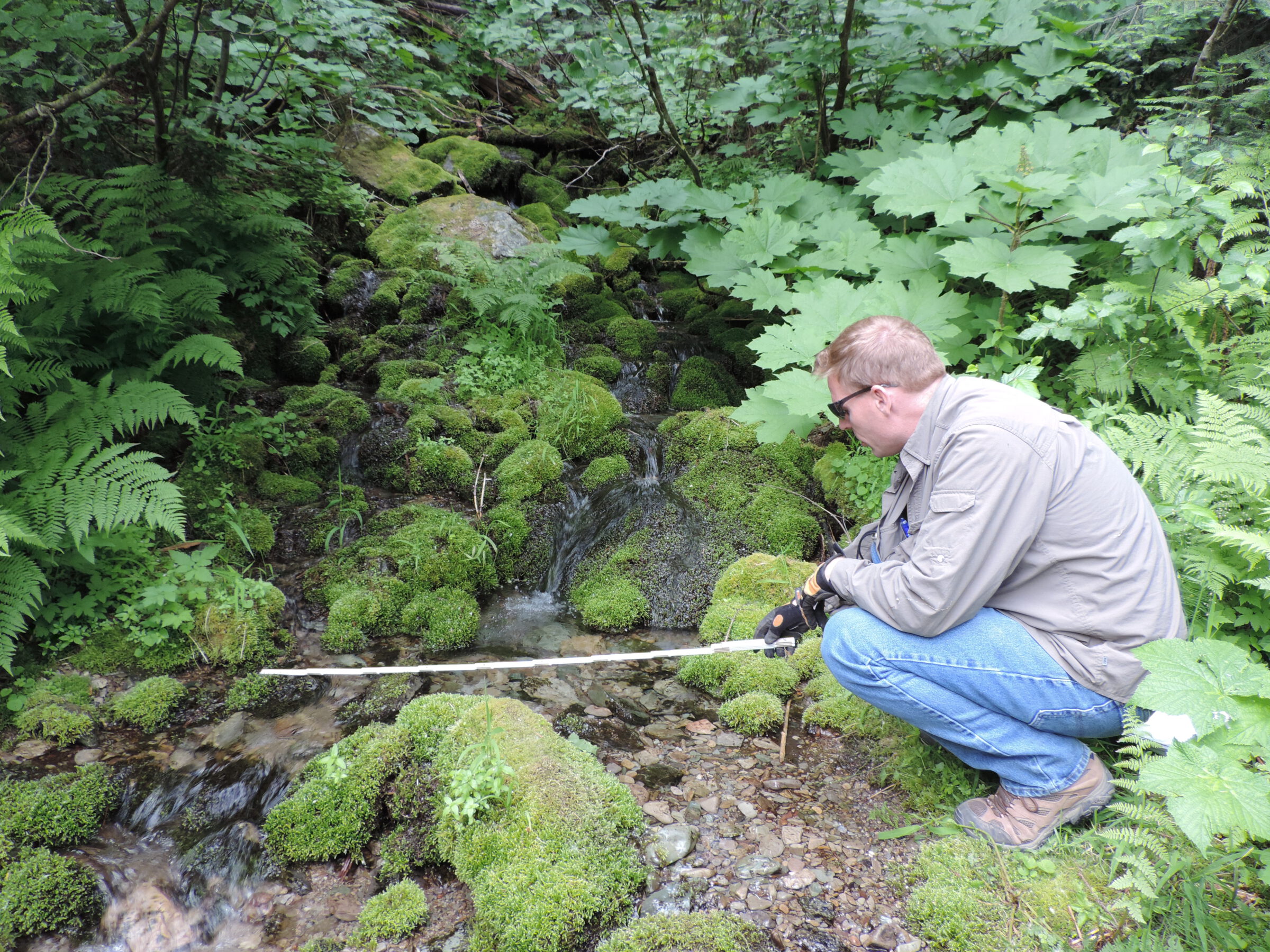
SWCA employee in the field during a third-party EIS in the Lolo National Forest in Western Montana and the Idaho Panhandle National Forests in northern Idaho.
Minimizing impact on communities with environmental justice concerns, addressing climate change, and building ecosystem resilience are key issues likely to drive alternatives and mitigation. Again, I’ll reference significant updates in the purpose statement from the final Phase 2 rule: changes that mandate the use of all practicable means possible to preserve, restore, or enhance the quality of the human environment, avoid or minimize degradation to the quality of the human environment, preserve natural and cultural resources, and address climate-related impacts. The following excerpt is a new addition to NEPA’s regulations.
The following requirements illustrate the Phase 2 final rule’s interpretation that NEPA’s charter includes protecting the human environment, including cultural, social, physical, and natural. The final rule:
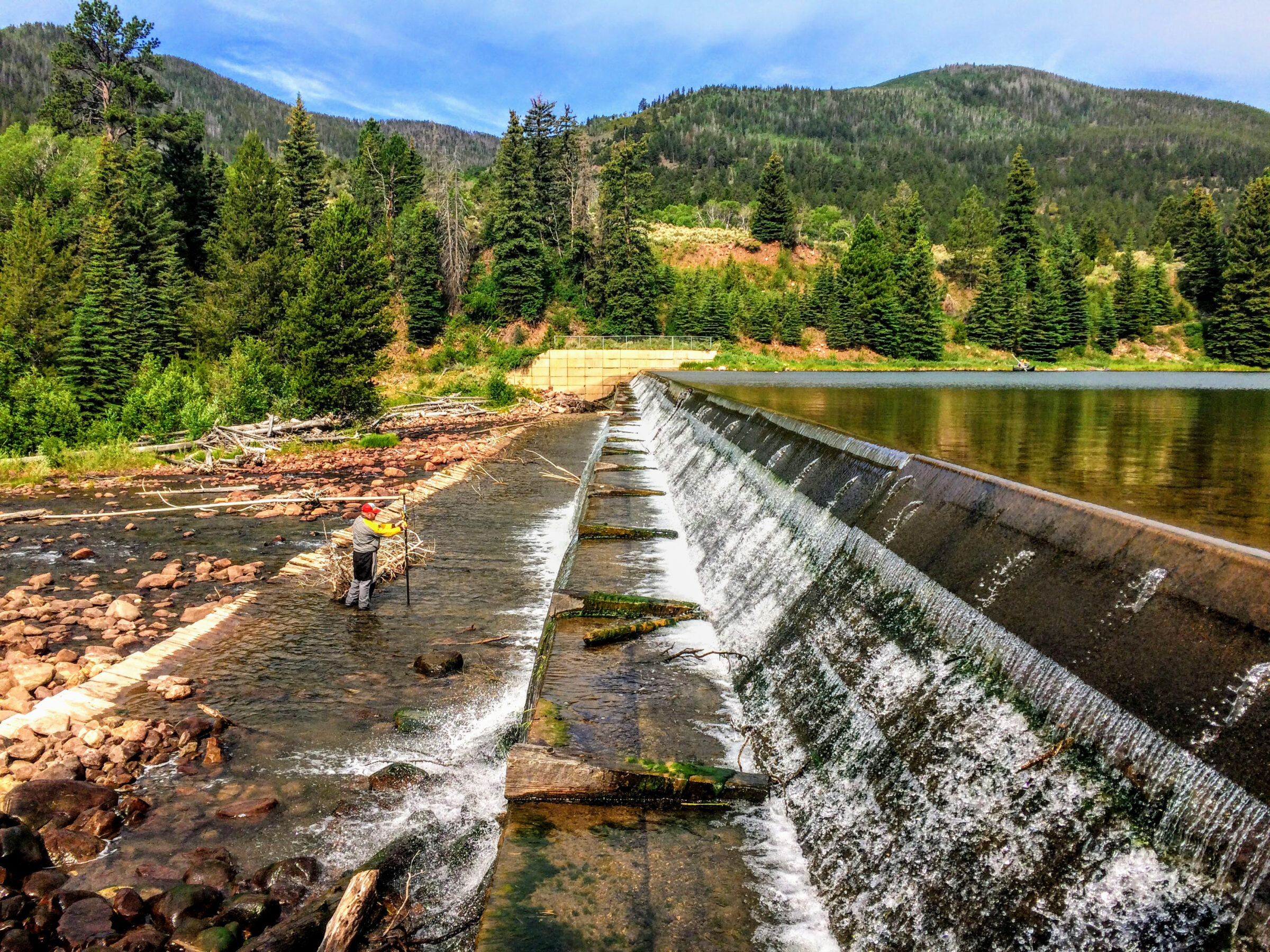
SWCA employee surveys the Yellowstone Dam, Mountain Home, Utah.
Streamlining the NEPA Process and documentation to be more efficient continues to be a top priority. As stated previously, CEQ’s NEPA Phase 2 rulemaking incorporated revisions already approved under the Fiscal Responsibility Act in June 2023. These include the following:
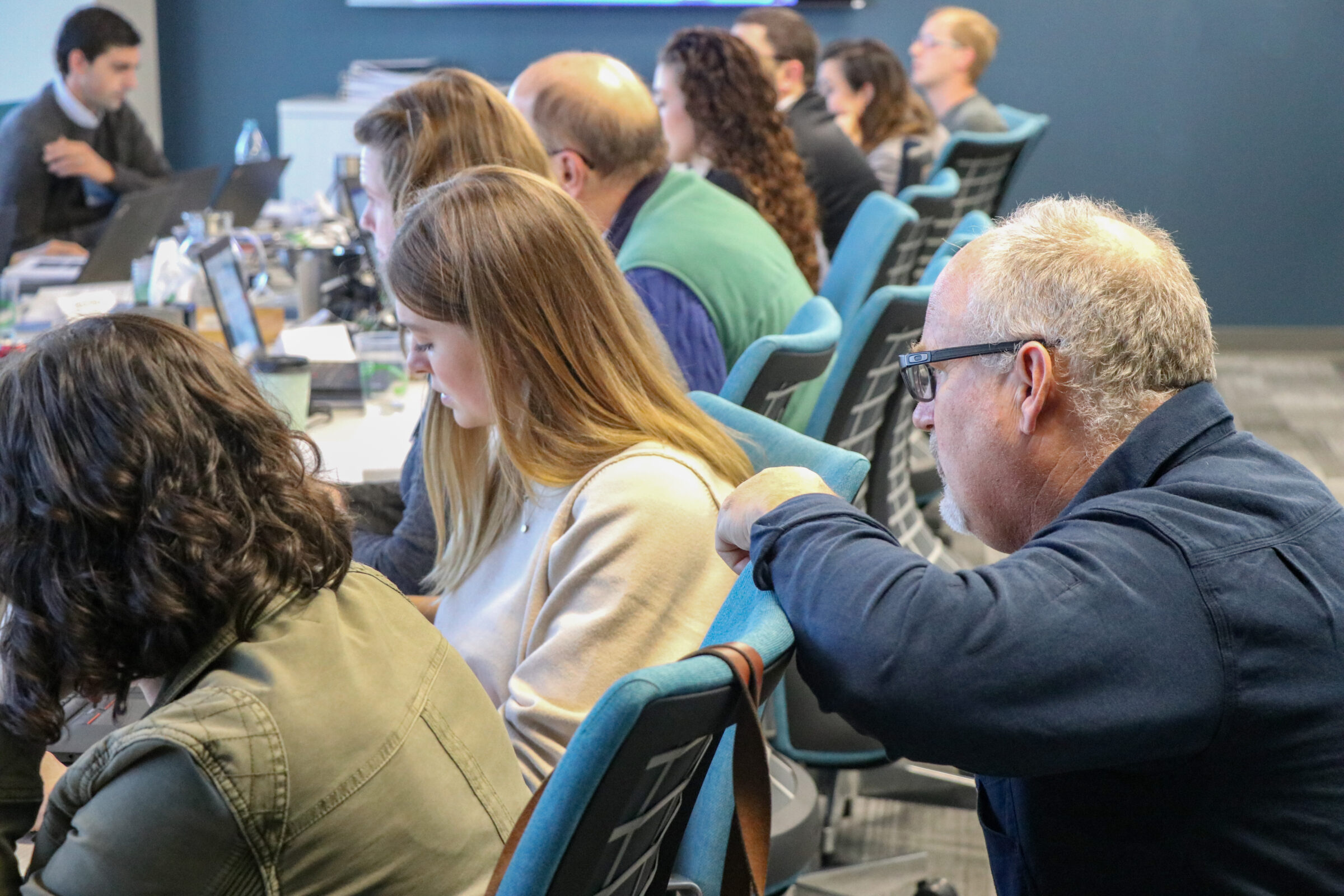
Matt Petersen teaching a NEPA Process course to internal SWCA staff in Phoenix, AZ.
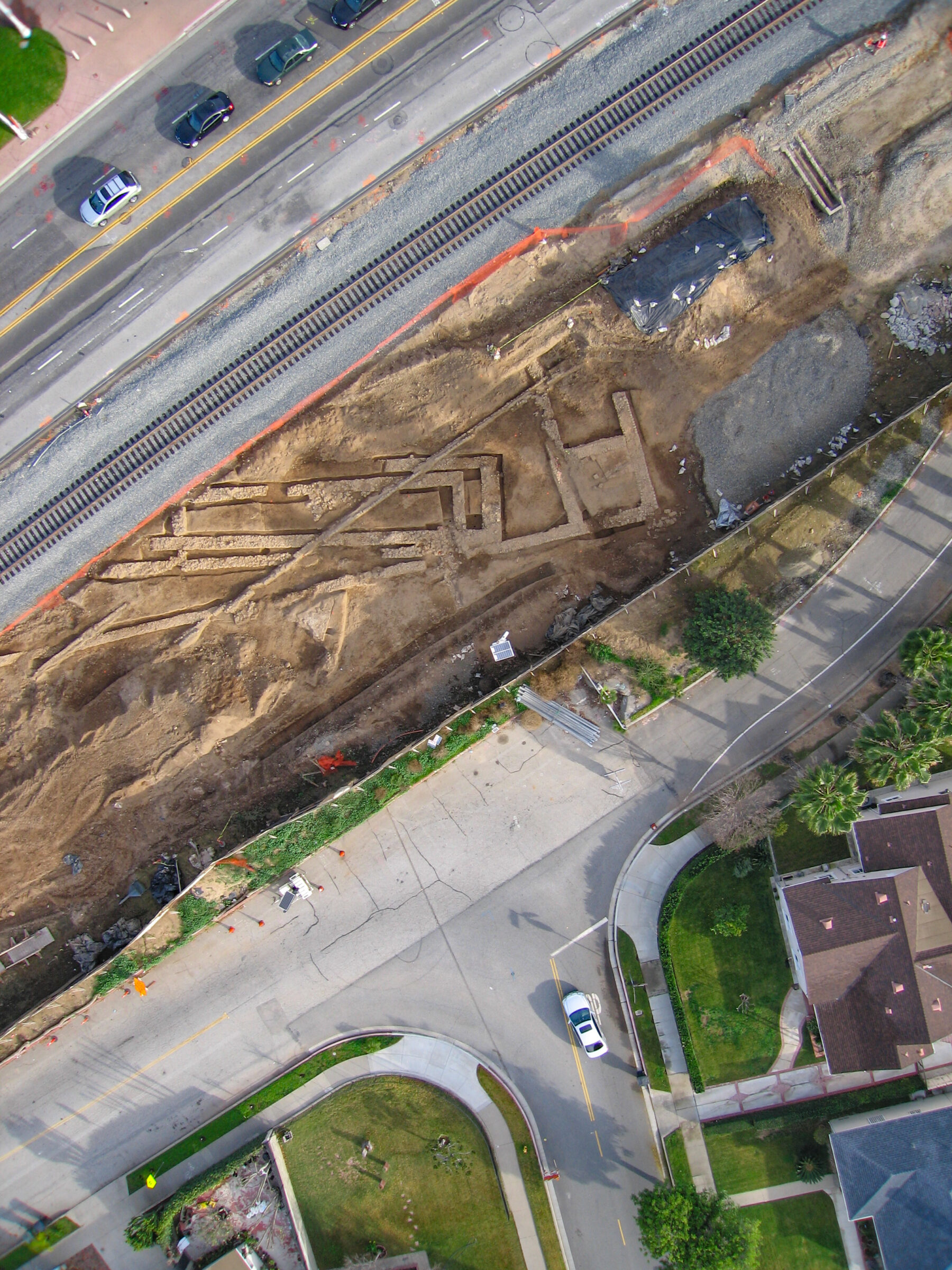
Aerial photos of large data recovery efforts during the San Gabriel Trench Grade Separation Project in the City of San Gabriel, California.
Although not set to be in effect until July 1, 2024, this rulemaking has already come under fire. It will be challenged in court or possibly rolled back by a changed administration. However, in the meantime, implementation of the new rule will likely result in the following needs for the NEPA process in the near future:
These NEPA Phase 2 regulation changes are complex and having a partner who can help you navigate your project through them is key. SWCA has been on the front line of implementing NEPA for the last 12 years through multiple changes to CEQ regulations and NEPA itself. We have experience completing defensible NEPA processes quickly and within the time frame mandated by these regulations.